Later this year, the Scottish Government plans to host a “seagull summit” in response to rising public frustration over gull activity in northern towns. The summit follows reports such as one from Moray, where an elderly woman broke her leg after trying to avoid a swooping gull. With summer approaching and gulls entering breeding season, the usual headlines are back: aggressive birds, snatched chips, and calls for population control. But the facts don’t support the panic.
The gulls we see in our towns are not evidence of an out-of-control population. They’re evidence of a species adapting to survive under pressure—pressure created not by the birds, but by us.
Gulls in Decline
Despite their noisy presence in urban areas, Scotland’s gull populations are falling sharply. NatureScot, the public body tasked with conserving Scotland’s biodiversity, has confirmed that all five breeding gull species have seen serious declines, with some local populations dropping by more than 70%. Herring gulls, in particular, are now red-listed in the UK due to the scale of the collapse.
So why the migration into towns? According to NatureScot ornithologist Dr. Andrew Douse, it’s largely down to a collapse in natural food supplies at sea. The fishing industry has changed: there are fewer discards, fewer small fish inshore, and less for scavengers to rely on. As traditional feeding grounds dry up, gulls do what wildlife always does when under pressure—they adapt.
Flat roofs and overflowing bins are no one’s idea of paradise, but for gulls, they’re a last resort.
Beyond the Bin Bags
Politicians and some members of the public are pushing for more aggressive population controls. But calls for culling or egg destruction ignore the basic reality: urban gulls aren’t a separate species. They’re the same birds that used to nest on sea cliffs and offshore islands. Driving them out of towns won’t help them recover—it will just make them someone else’s problem.
That’s why NatureScot has scaled back its licensing for lethal control and updated its guidance to emphasize long-term solutions. In their words, “Simply killing gulls and their chicks is a sticking plaster and will not solve the problems some people experience.”
The RSPB, while not always aligned with government policy, has also expressed concern about quick-fix approaches. In a recent interview, RSPB Marine Policy Officer Jacques Villemot said that gulls are being “forced into towns and cities to look for food” due to declining sea life and human activity along the coast.
Despite the usual claims that “something must be done,” there’s no real evidence that removing gulls improves public safety or meaningfully reduces complaints over time. What does help are practical measures: better waste disposal, public awareness campaigns, and protecting the birds’ natural nesting areas so they don’t need to come inland in the first place.
Convenient Scapegoats
There’s something depressingly familiar about the way gulls are being framed. Instead of examining the real drivers of change—our management of food systems, our encroachment on coastal land, the disappearance of traditional industries—we point the finger at the species most visibly struggling to adjust.
The gull becomes the scapegoat for problems we caused and don’t want to take responsibility for. It’s easier to paint a bird as a menace than to acknowledge that years of poor planning and short-term environmental policy are coming home to roost.
The Conversation We Should Be Having
The so-called “menace” of urban gulls isn’t a wildlife problem—it’s a land use and governance problem. If we want fewer gulls in our towns, we need to stop making our towns the only viable habitat left for them.
We’ve shifted the balance of our ecosystems and forced animals into unnatural settings. That’s not something we can fix with a cull. And it certainly isn’t something a summit packed with angry councillors and vague soundbites will solve.
Our articles are free because we want as many people as possible to think about animal welfare. You can support our mission to provide sanctuary to more animals and tell more of their stories by visiting our store, sending a gift or sharing our articles on social media
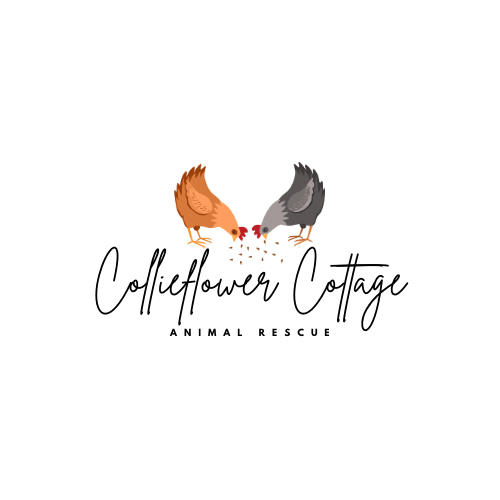

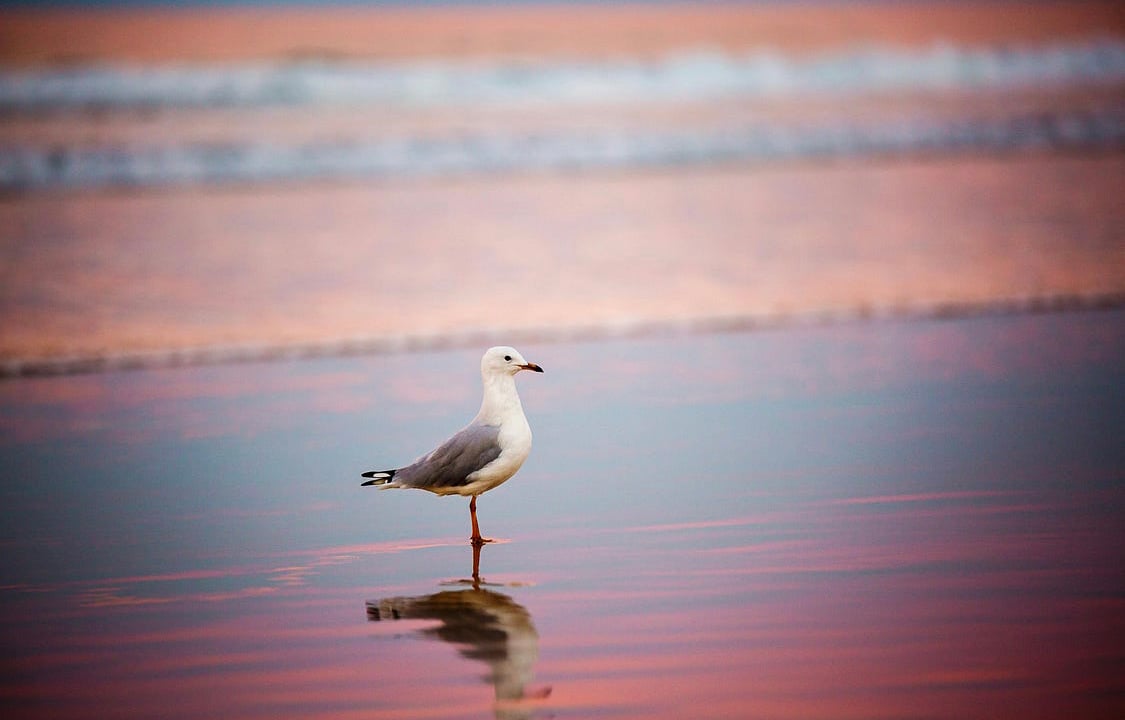
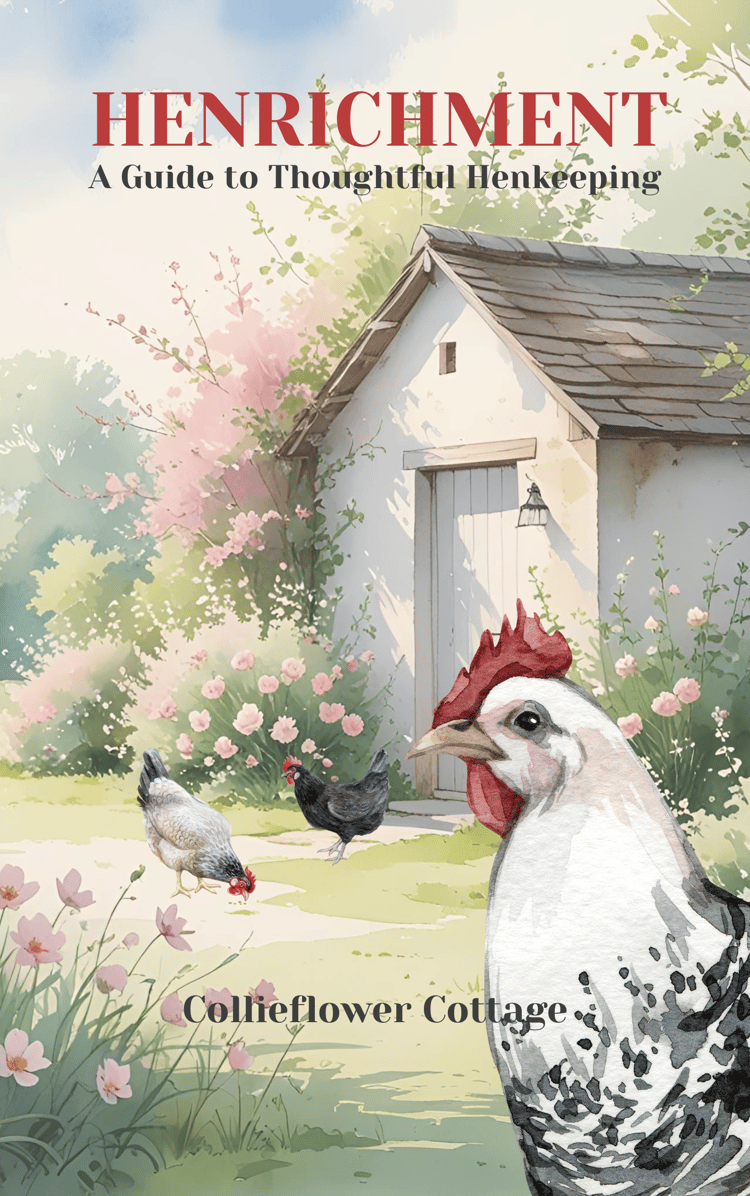
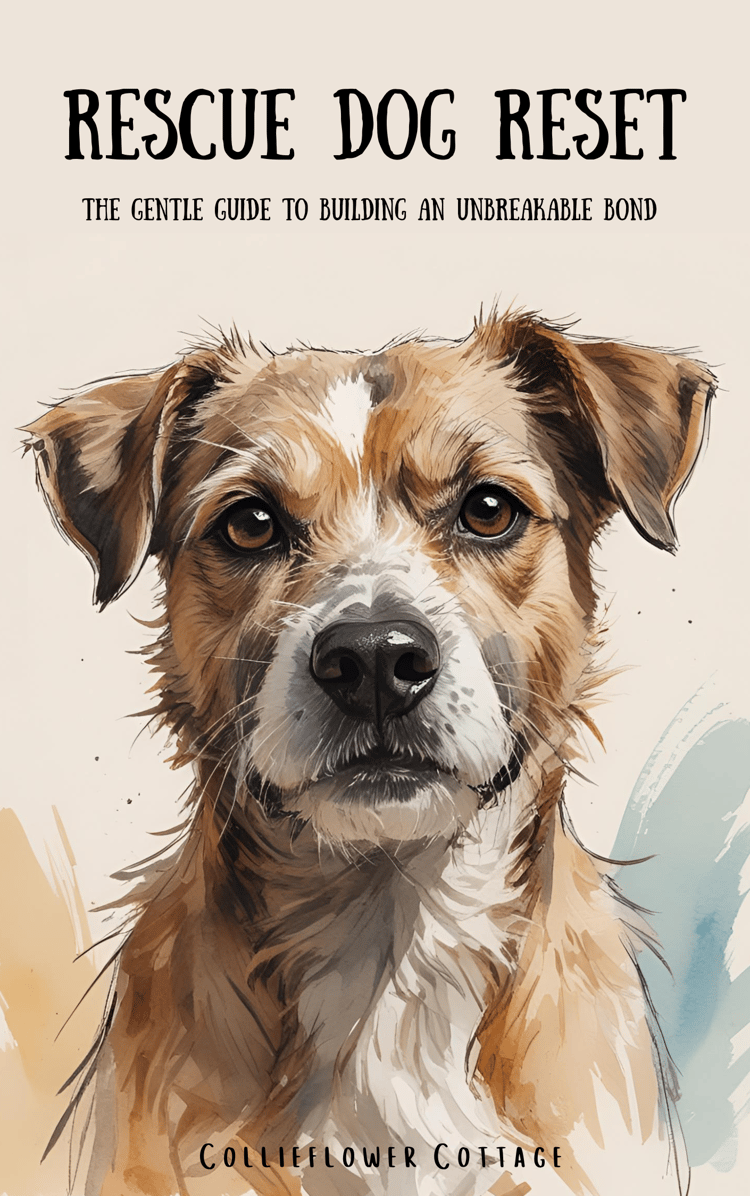

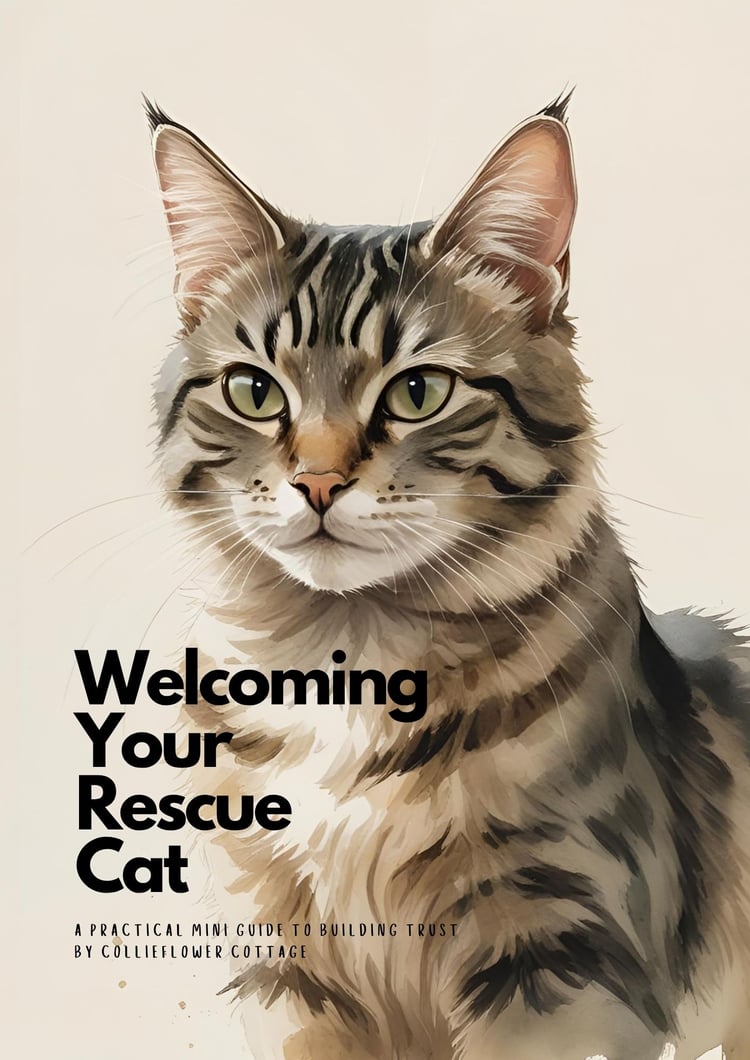
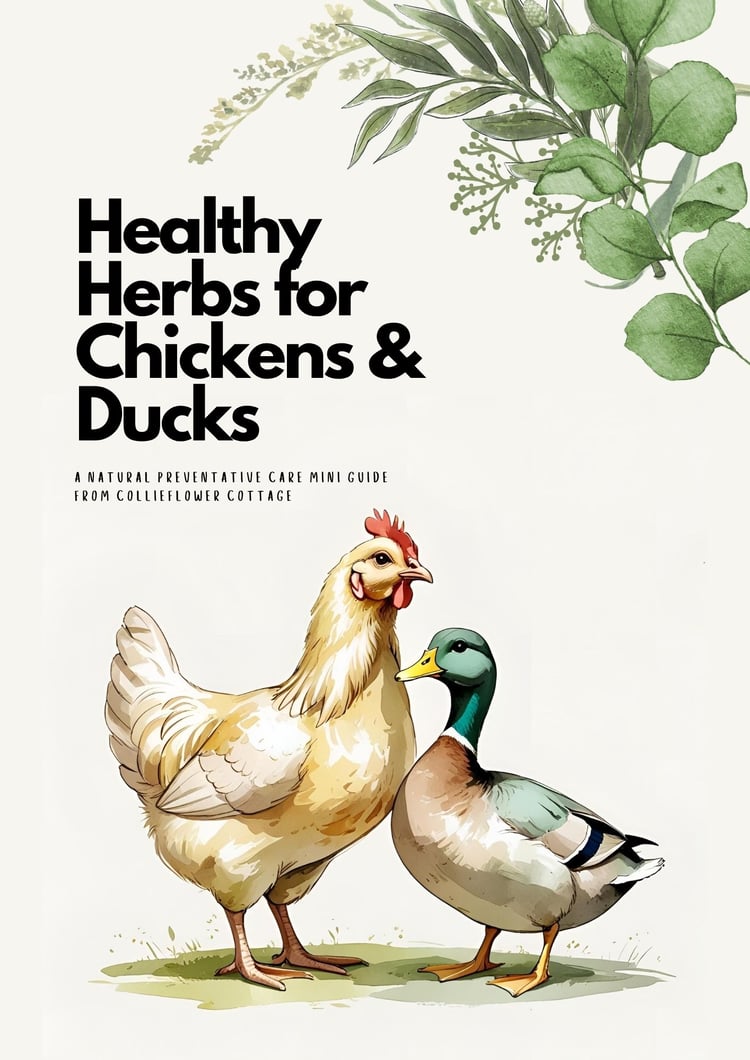
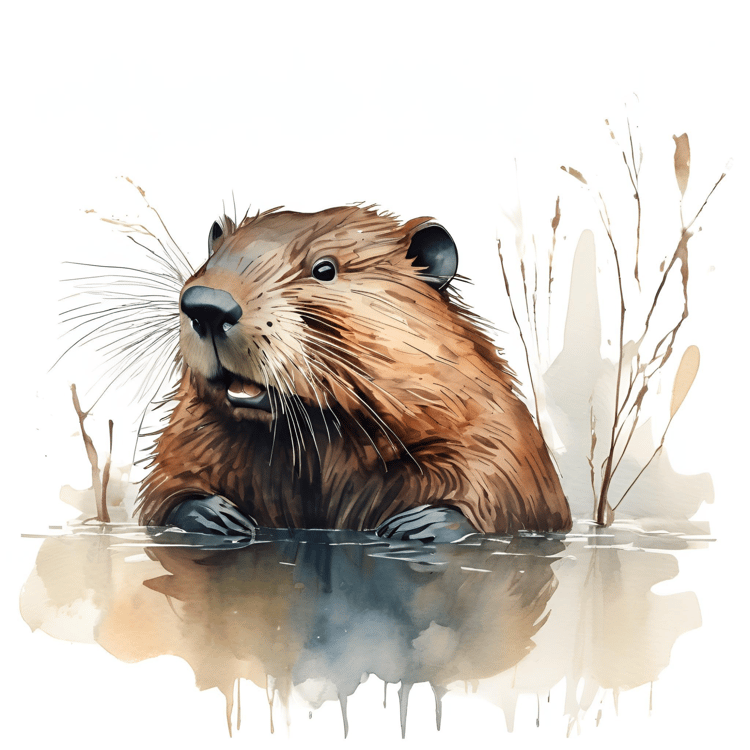
Comments ()